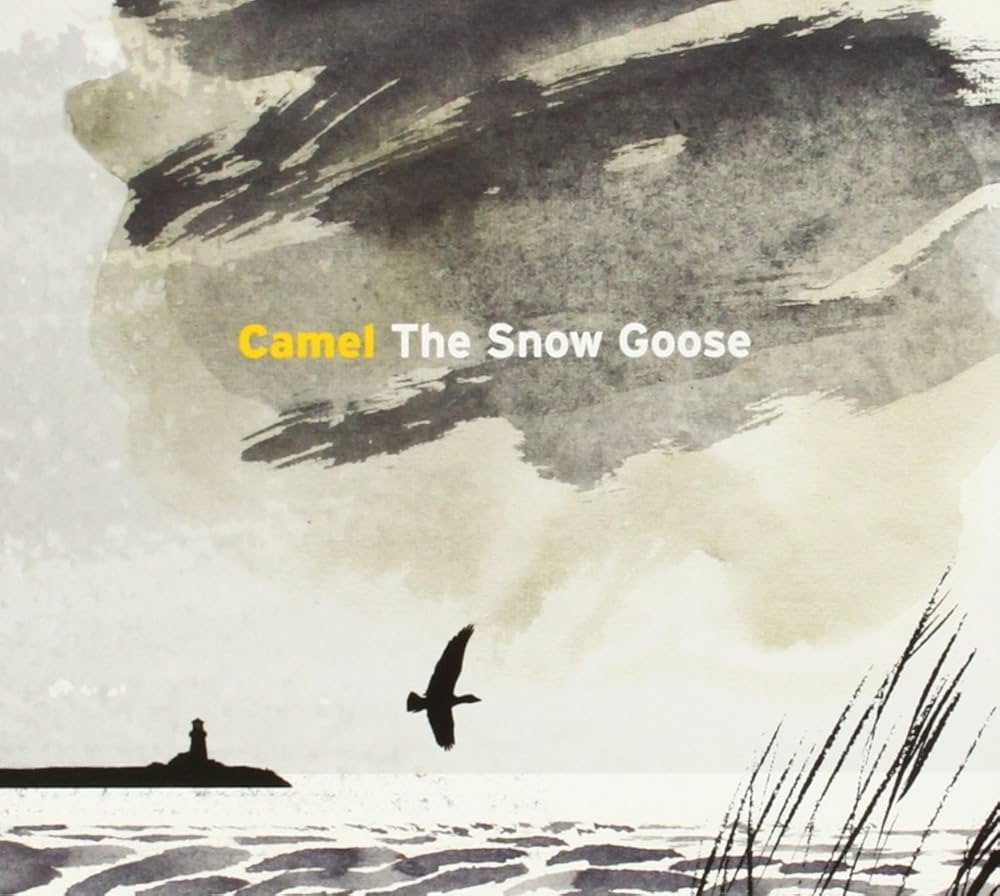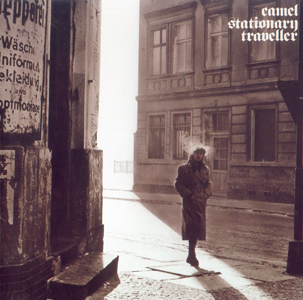1
2
3
4
5
6
7
8
9
10
11
12
13
14
15
16
17
18
19
20
21
22
23
24
25
26
27
28
29
30
31
32
33
34
35
36
37
38
39
40
41
42
43
44
45
46
47
48
49
50
51
52
53
54
55
56
57
58
59
60
61
62
63
64
65
66
67
68
69
70
71
72
73
74
75
76
77
78
79
80
81
82
83
84
85
86
87
88
89
90
91
92
93
94
95
96
97
98
99
100
101
102
103
104
105
106
107
108
109
110
111
112
113
114
115
116
117
118
119
120
121
122
123
124
125
126
127
128
129
130
131
132
133
134
135
136
137
138
139
140
141
142
143
144
145
146
147
148
149
150
151
152
153
154
155
| #include<bits/stdc++.h>
using namespace std;
typedef long long ll;
const ll mod=1e9+7;
const int maxn=5e4+5;
int n,m,q;
int a[maxn];
ll ans[maxn];
struct Mat{
array<array<ll,4>,4>mat;
void init(int k){
for(int i=0;i<4;i++)
for(int j=0;j<4;j++)mat[i][j]=0;
for(int i=0;i<4;i++)mat[i][i]=1;
mat[1][0]=k;
mat[2][0]=1ll*k*k,mat[2][1]=2*k;
mat[3][0]=1ll*k*k,mat[3][1]=2*k,mat[3][2]=1;
for(int i=0;i<4;i++)
for(int j=0;j<4;j++)mat[i][j]%=mod;
}
};
Mat mul(Mat a,Mat b){
Mat c;
for(int i=0;i<4;i++)
for(int j=0;j<4;j++)c.mat[i][j]=0;
for(int i=1;i<4;i++){
for(int j=0;j<i;j++){
for(int k=j;k<=i;k++){
c.mat[i][j]+=a.mat[i][k]*b.mat[k][j];
c.mat[i][j]%=mod;
}
}
}
for(int i=0;i<4;i++)c.mat[i][i]=1;
return c;
}
array<ll,4> get_ans(Mat m,array<ll,4> a){
array<ll,4>b;
for(int i=0;i<4;i++)b[i]=0;
for(int i=0;i<4;i++){
for(int j=0;j<4;j++){
b[i]+=a[j]*m.mat[i][j];
b[i]%=mod;
}
}
return b;
}
struct Opt{
int l,r,x;
}opt[maxn];
struct ques{
int l,r,idx,sgn;
};
vector<ques>vec[maxn];
struct Tree{
Mat tag;
array<ll,4>val;
}t[maxn<<2];
void push_up(int rt){
for(int i=0;i<4;i++){
t[rt].val[i]=t[rt<<1].val[i]+t[rt<<1|1].val[i];
t[rt].val[i]%=mod;
}
}
void push_dn(int rt){
t[rt<<1].tag=mul(t[rt].tag,t[rt<<1].tag);
t[rt<<1|1].tag=mul(t[rt].tag,t[rt<<1|1].tag);
t[rt<<1].val=get_ans(t[rt].tag,t[rt<<1].val);
t[rt<<1|1].val=get_ans(t[rt].tag,t[rt<<1|1].val);
t[rt].tag.init(0);
t[rt].tag.mat[3][2]=0;
}
void update(int rt,int l,int r,int xl,int xr,Mat x){
int mid=l+r>>1;
if(xl==l&&xr==r){
t[rt].val=get_ans(x,t[rt].val);
t[rt].tag=mul(x,t[rt].tag);
return;
}
push_dn(rt);
if(xl<=mid)update(rt<<1,l,mid,xl,min(xr,mid),x);
if(xr>mid)update(rt<<1|1,mid+1,r,max(xl,mid+1),xr,x);
push_up(rt);
}
ll query(int rt,int l,int r,int xl,int xr){
ll res=0;
int mid=l+r>>1;
if(xl==l&&xr==r){
return t[rt].val[3];
}
push_dn(rt);
if(xl<=mid)res+=query(rt<<1,l,mid,xl,min(xr,mid));
if(xr>mid)res+=query(rt<<1|1,mid+1,r,max(xl,mid+1),xr);
res%=mod;
return res;
}
void build(int rt,int l,int r){
int mid=l+r>>1;
t[rt].tag.init(0);
t[rt].tag.mat[3][2]=0;
if(l==r){
t[rt].val={1,a[l],1ll*a[l]*a[l]%mod,1ll*a[l]*a[l]%mod};
return;
}
if(l<=mid)build(rt<<1,l,mid);
if(r>mid)build(rt<<1|1,mid+1,r);
push_up(rt);
}
int main(){
scanf("%d%d%d",&n,&m,&q);
for(int i=1;i<=n;i++)scanf("%d",&a[i]);
for(int i=1;i<=m;i++){
int l,r,x;
scanf("%d%d%d",&l,&r,&x);
opt[i]={l,r,x};
}
for(int i=1;i<=q;i++){
int l,r,x,y;
scanf("%d%d%d%d",&l,&r,&x,&y);
if(x)vec[x-1].push_back({l,r,i,0});
vec[y].push_back({l,r,i,1});
}
build(1,1,n);
for(int i=0;i<=m;i++){
if(i){
Mat cur;
cur.init(0);
if(opt[i].l>1)update(1,1,n,1,opt[i].l-1,cur);
if(opt[i].r<n)update(1,1,n,opt[i].r+1,n,cur);
cur.init(opt[i].x);
update(1,1,n,opt[i].l,opt[i].r,cur);
}
for(auto it:vec[i]){
int l=it.l,r=it.r,sgn=it.sgn,idx=it.idx;
ll res=query(1,1,n,l,r);
if(!sgn)ans[idx]-=res;
else ans[idx]+=res;
ans[idx]=(ans[idx]%mod+mod)%mod;
}
}
for(int i=1;i<=q;i++)printf("%lld\n",ans[i]);
return 0;
}
|










